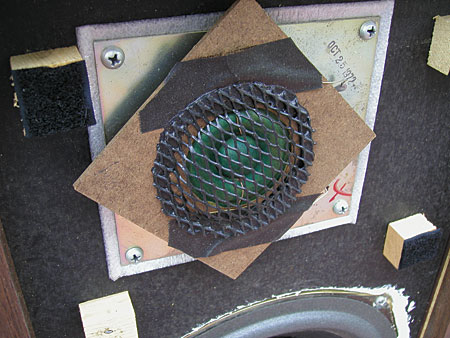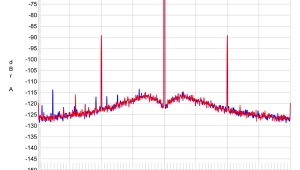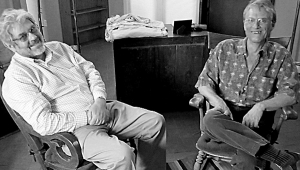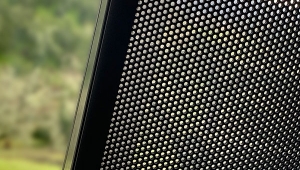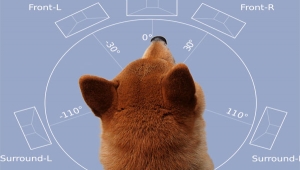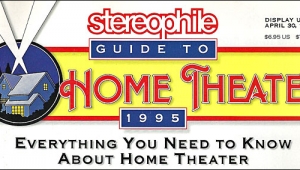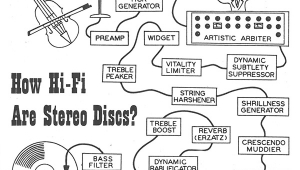| Columns Retired Columns & Blogs |
I bought the Small Advents when they were introduced, from AudioCraft in Cleveland. I completely believed the advance publicity on the Small Advents, i.e. bass response essentially the same as the original Advent speaker. But although I can't find the pertinent review on the Web right now, I clearly remember a statement in the review by one of the larger-circulation magazines I read back then (Audio, High Fidelity, or Stereo Review): "Response at 30 hz was mostly doubling". It rather shattered my confidence in engineering-speak for some time afterward.
 I never had enough cash to buy my own hi-fi until well after graduate school, so I freeloaded off my brothers' systems. I'd always favored the Advent camp, and not just because they seemed to play the most interesting music—their systems always sounded the most natural and uncolored. I attended one of my brothers' wedding receptions (he's still happily married 32 years later), for which another brother had donated his original "Large" Advents for DJ duty. (These were the higher-cost model, with the sexy real-wood cabinets.) I was floored by how well and effortlessly these speakers filled the banquet hall with clean, distortion-free sound.
I never had enough cash to buy my own hi-fi until well after graduate school, so I freeloaded off my brothers' systems. I'd always favored the Advent camp, and not just because they seemed to play the most interesting music—their systems always sounded the most natural and uncolored. I attended one of my brothers' wedding receptions (he's still happily married 32 years later), for which another brother had donated his original "Large" Advents for DJ duty. (These were the higher-cost model, with the sexy real-wood cabinets.) I was floored by how well and effortlessly these speakers filled the banquet hall with clean, distortion-free sound.
